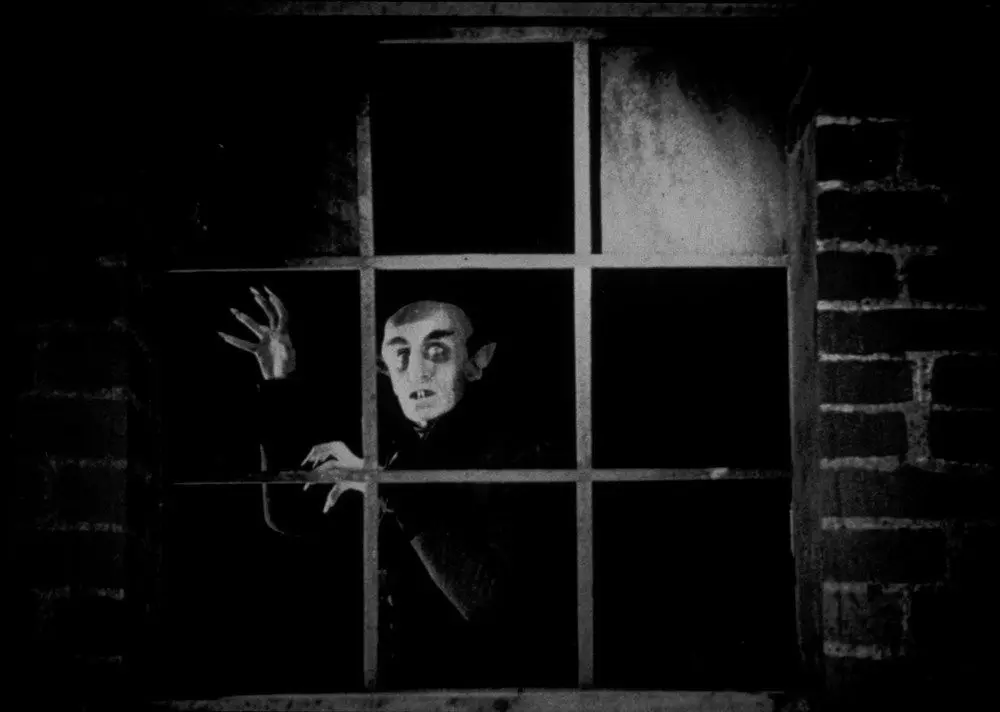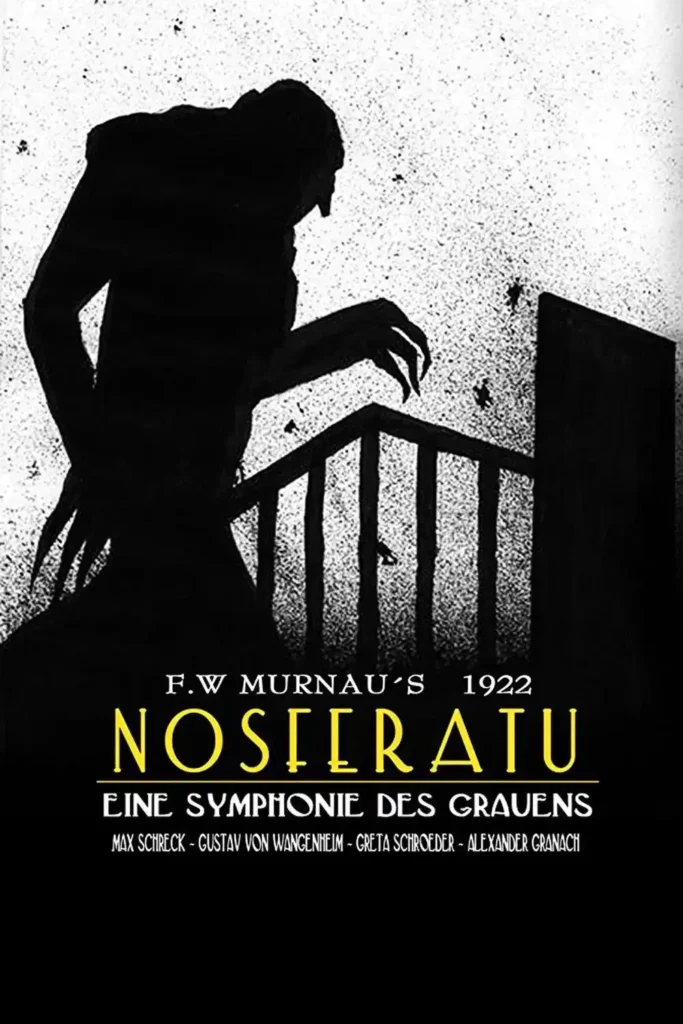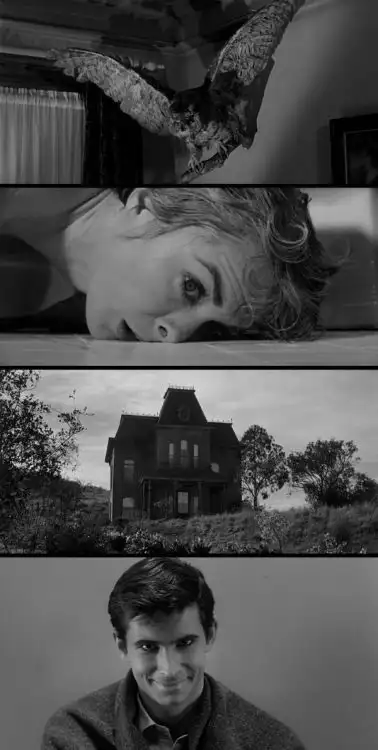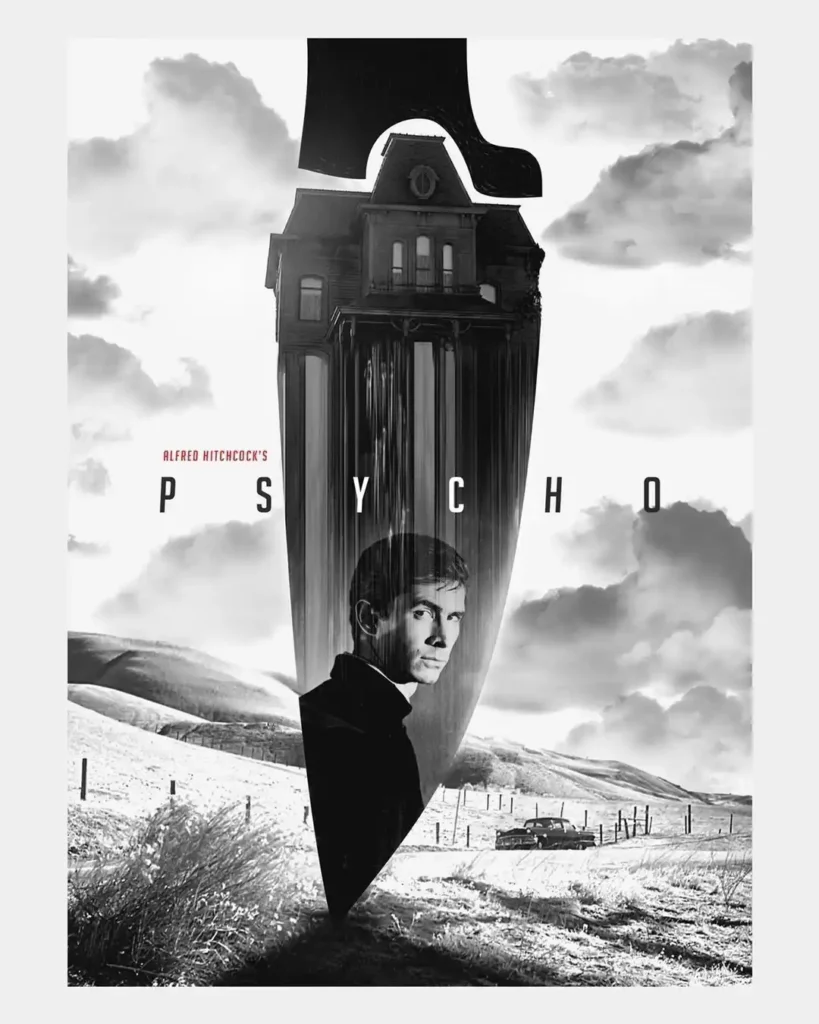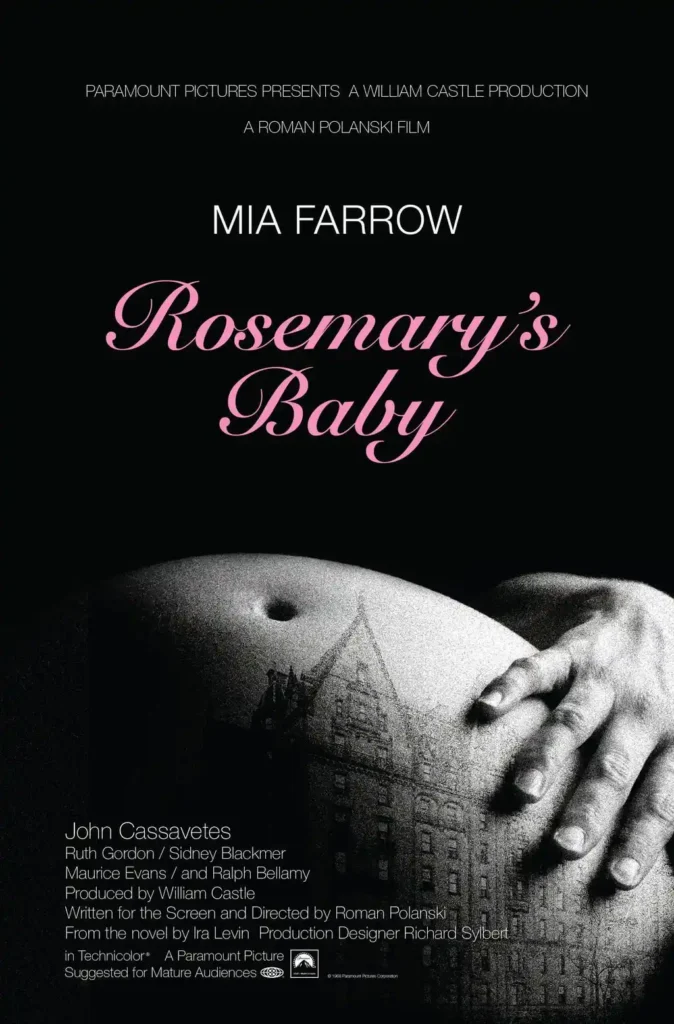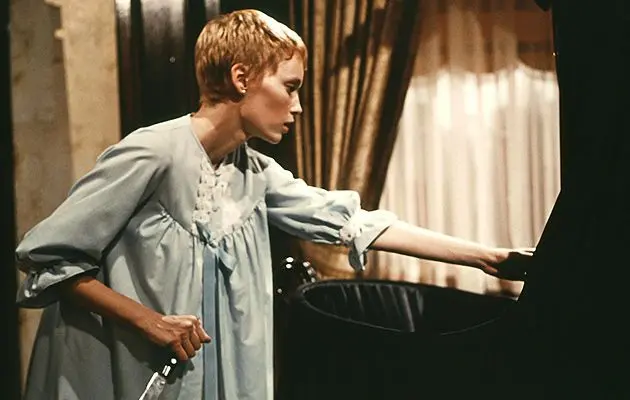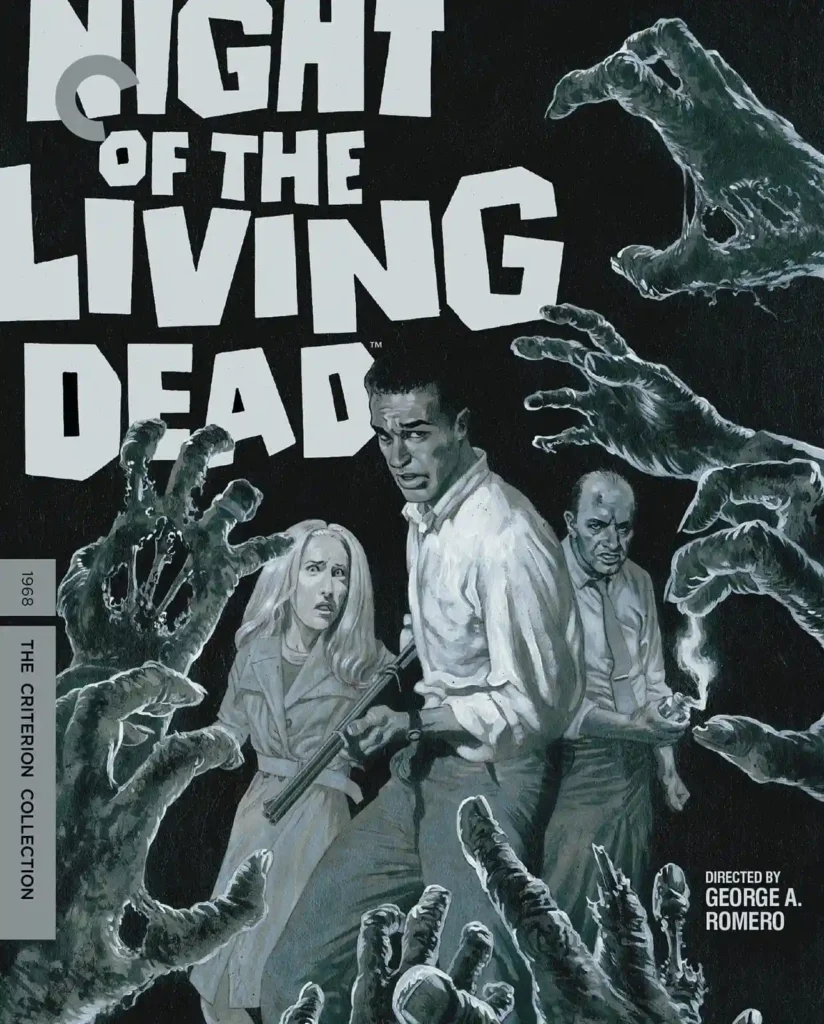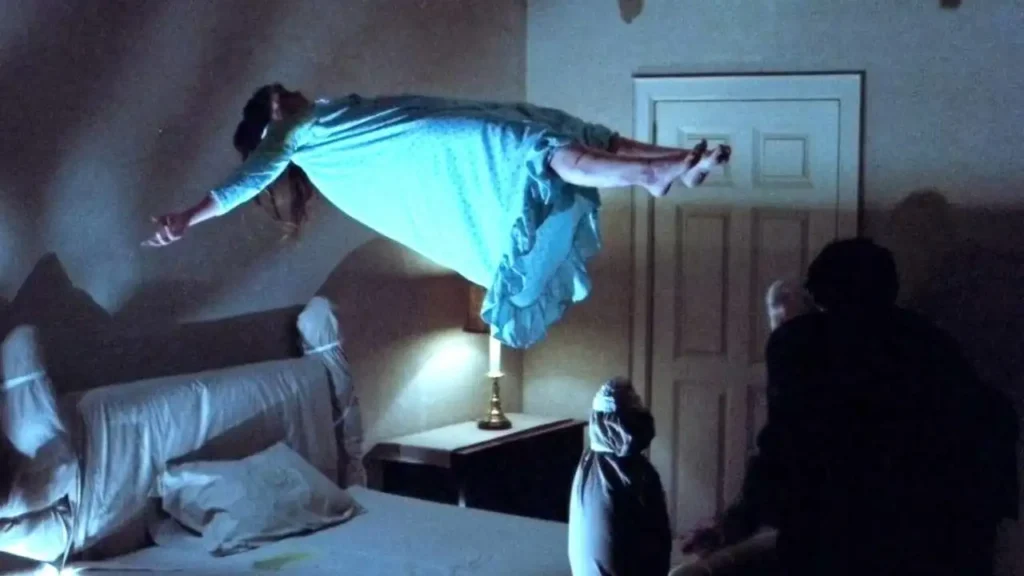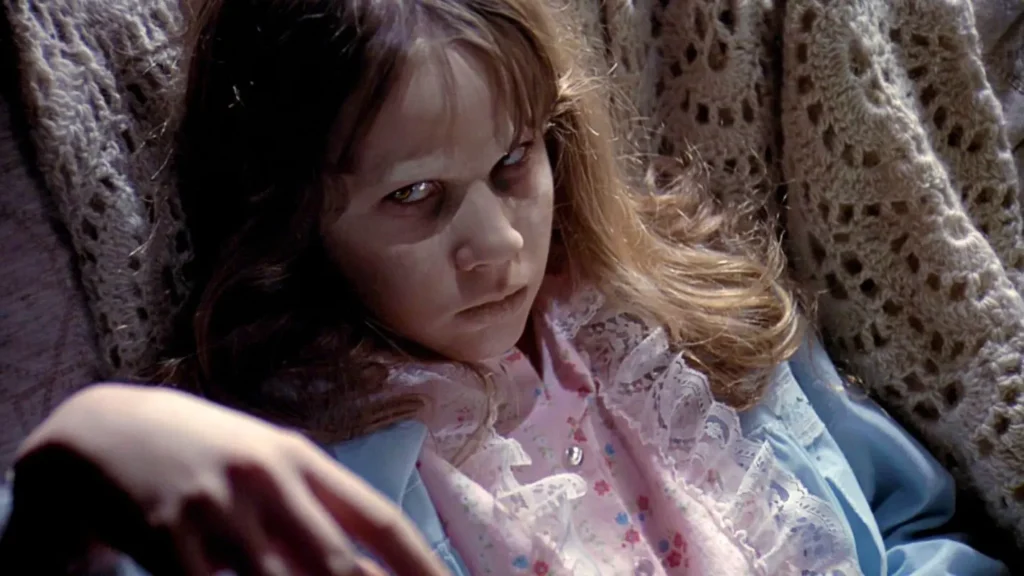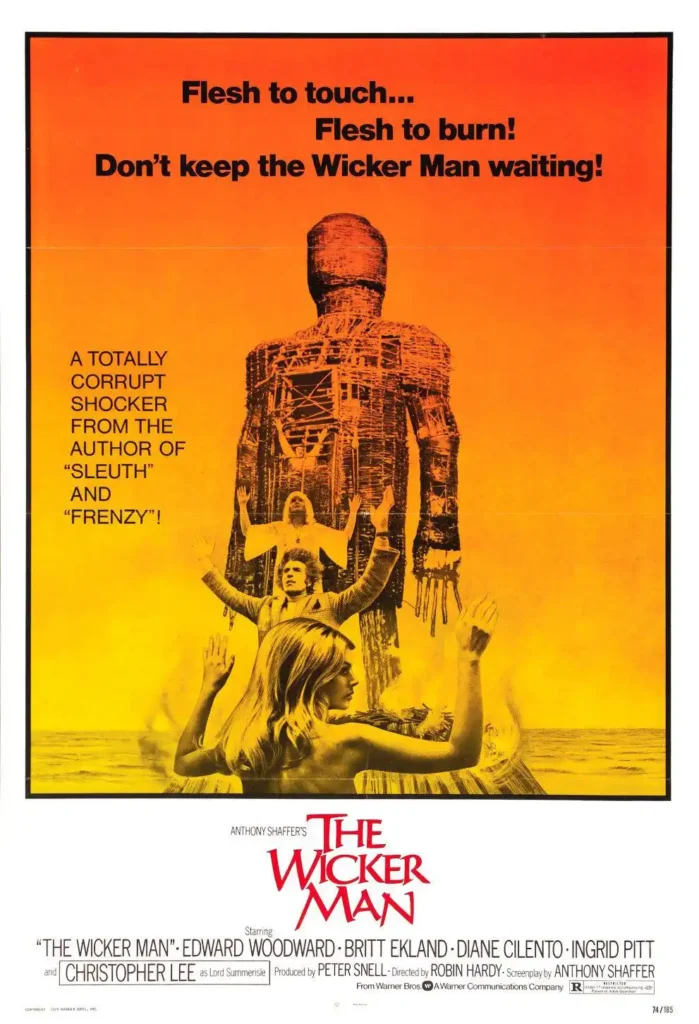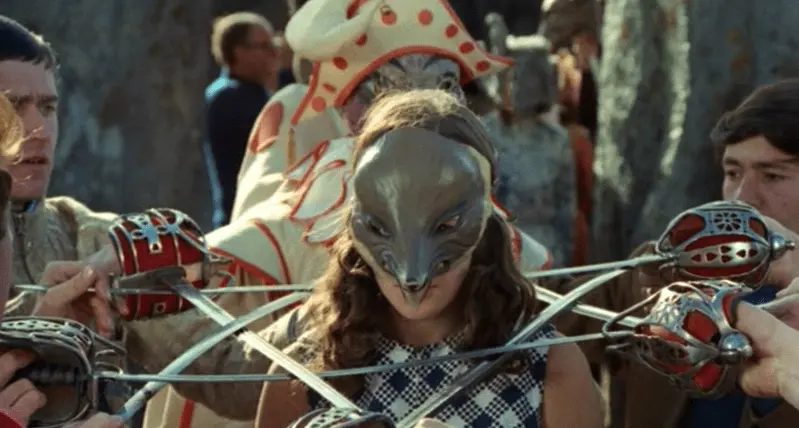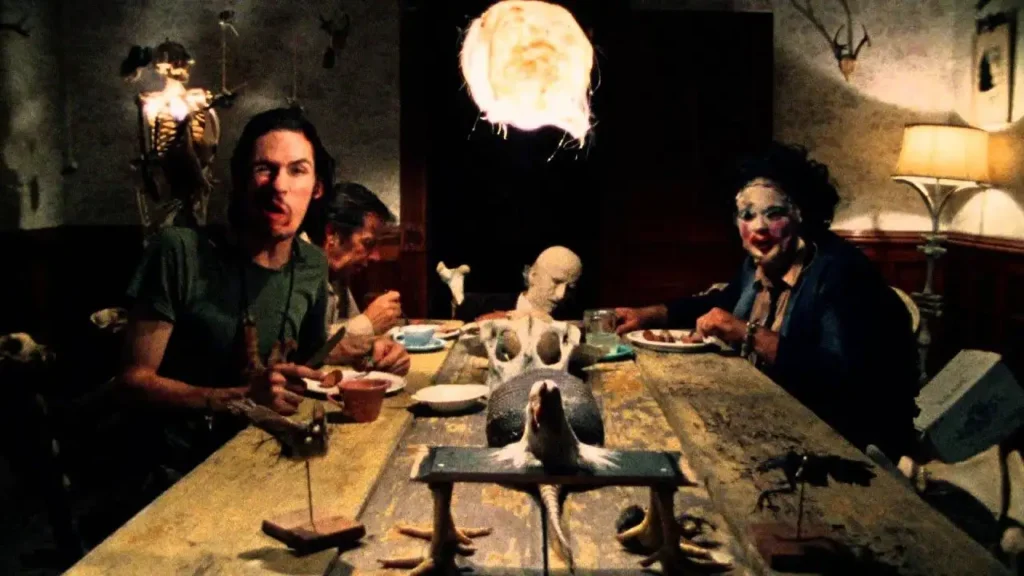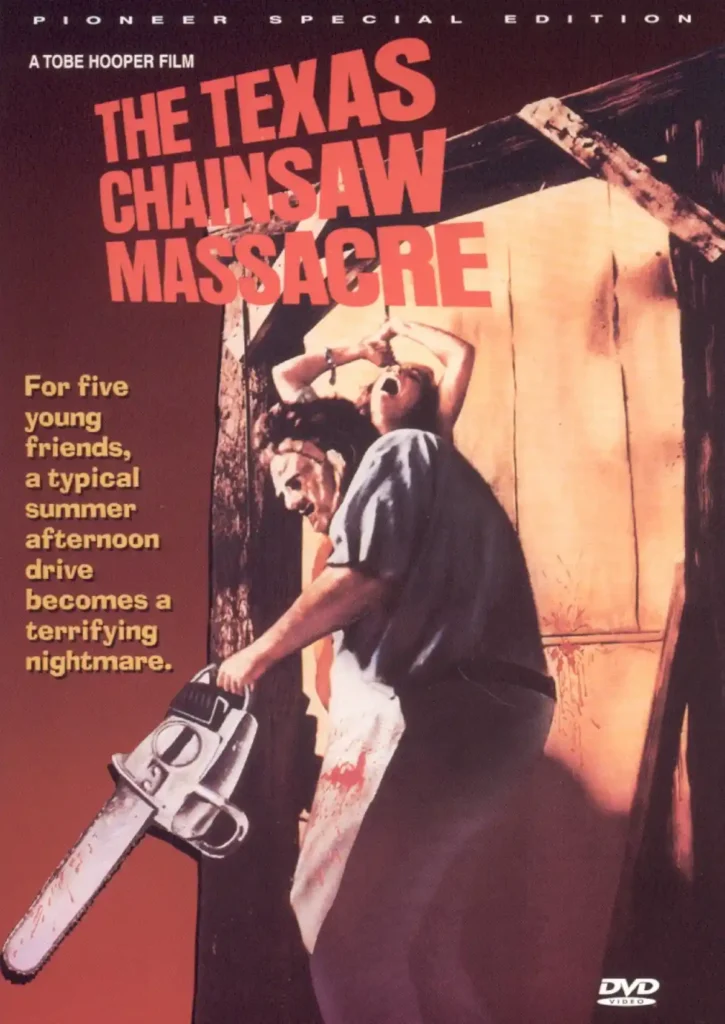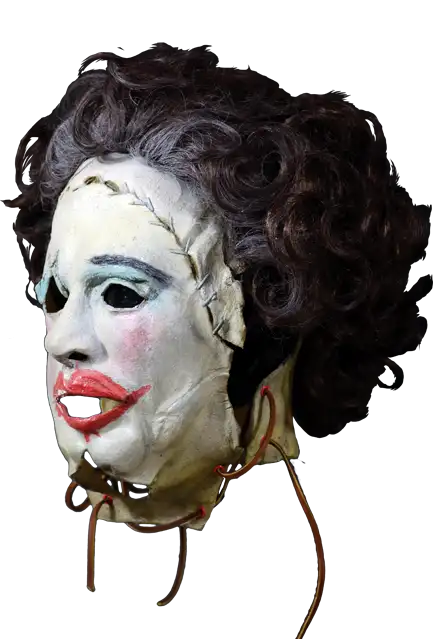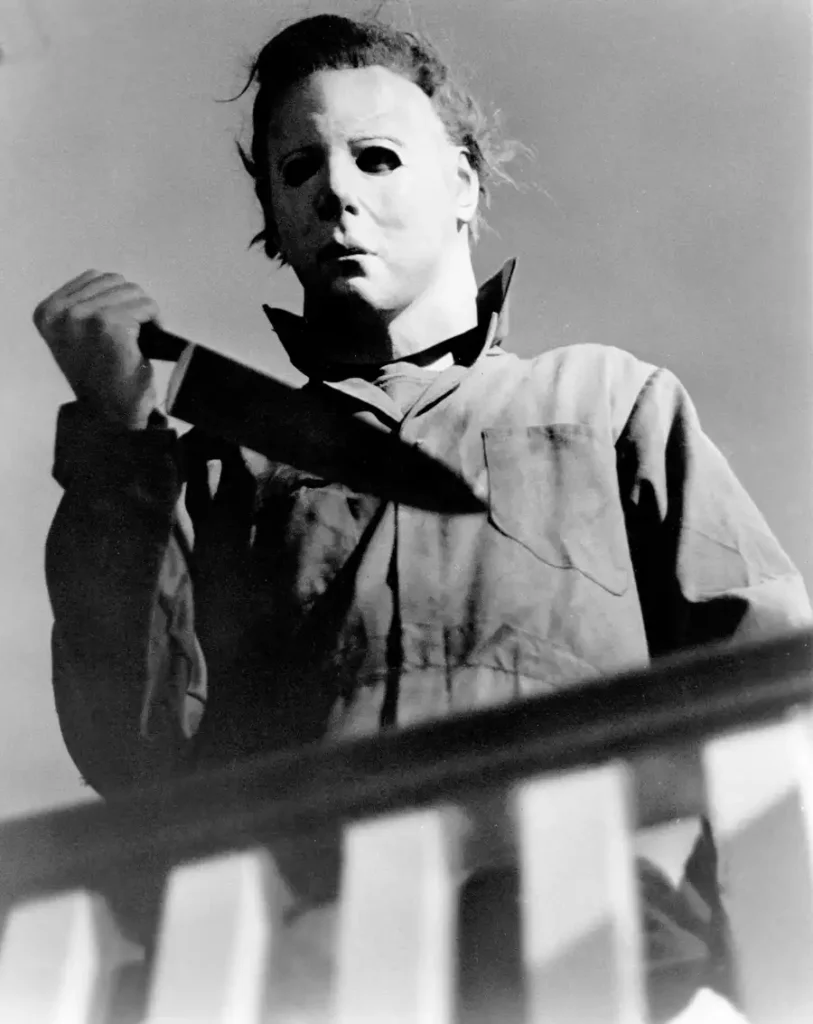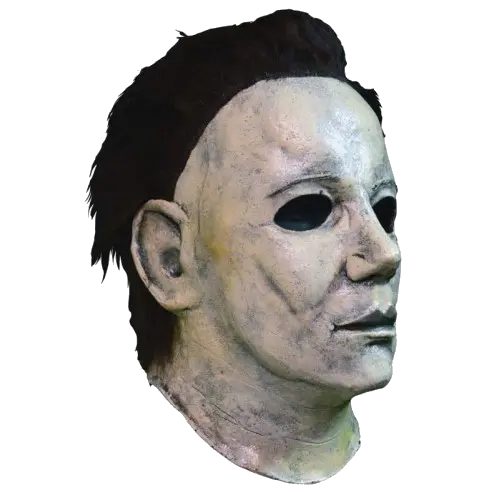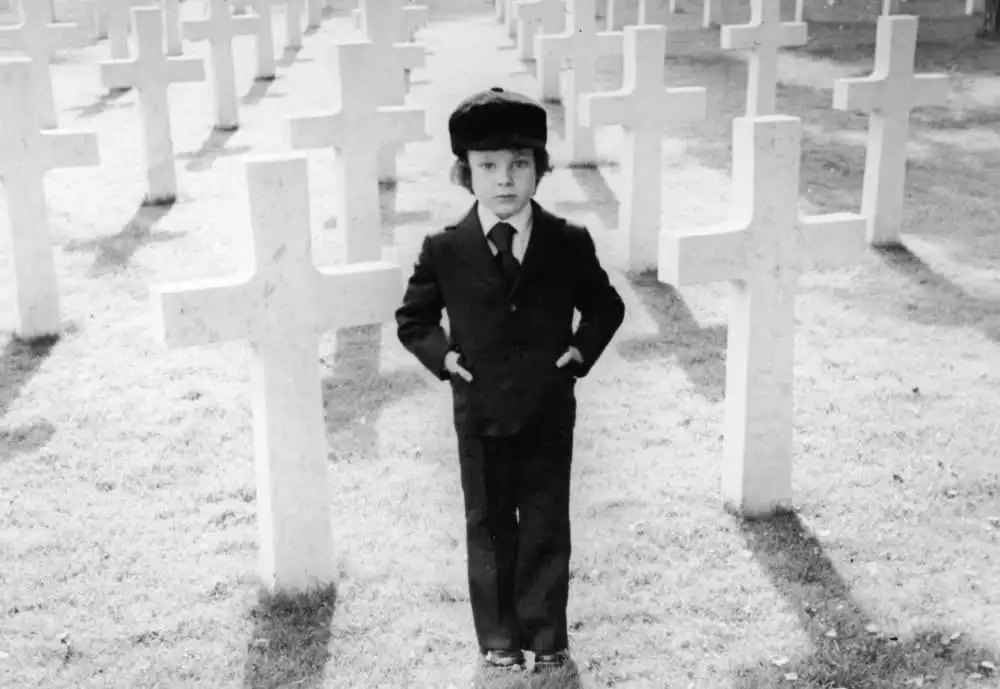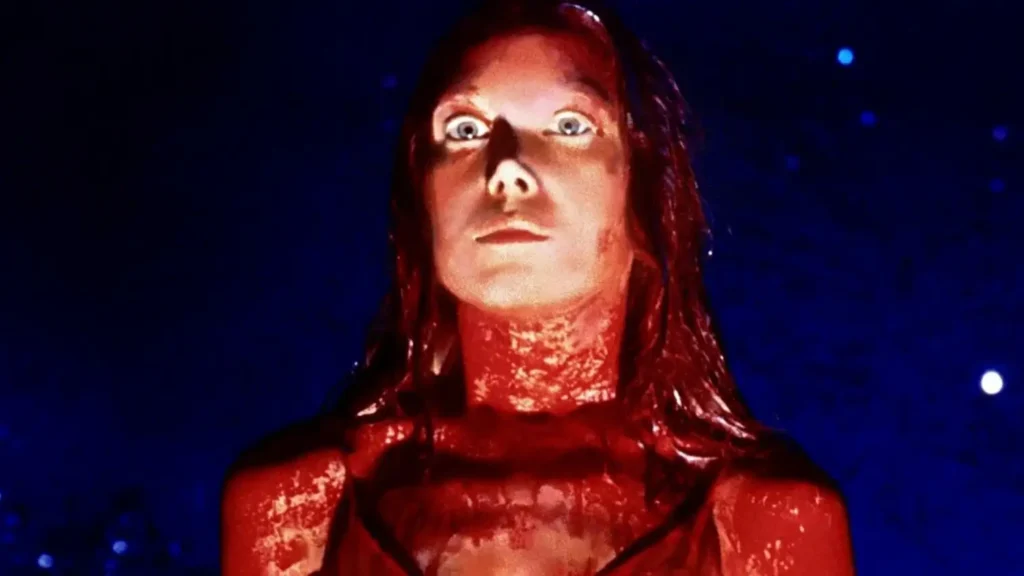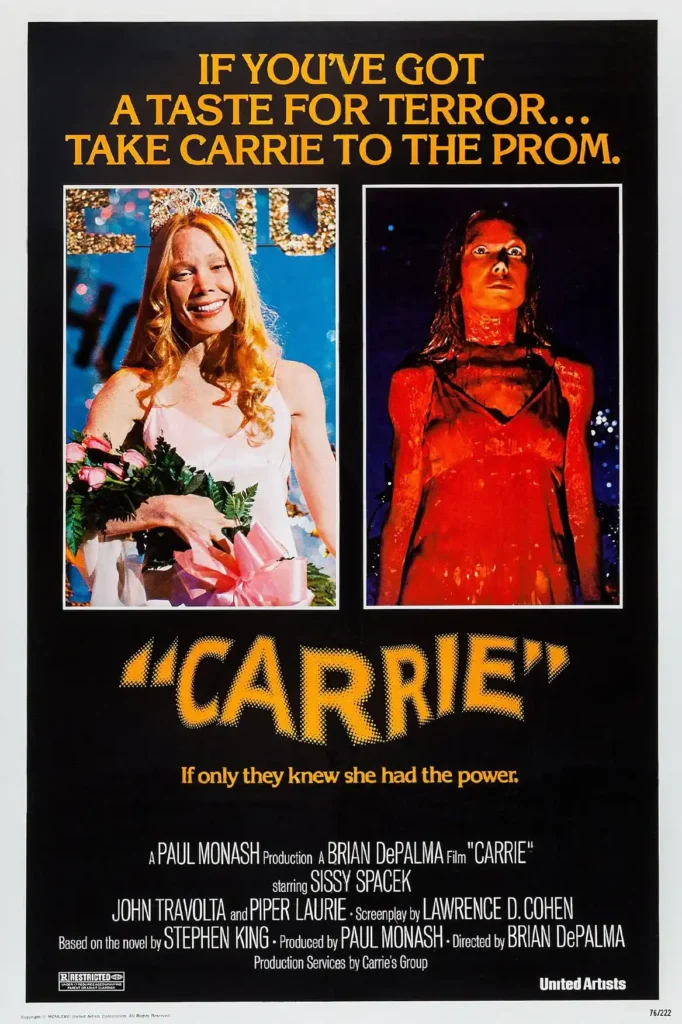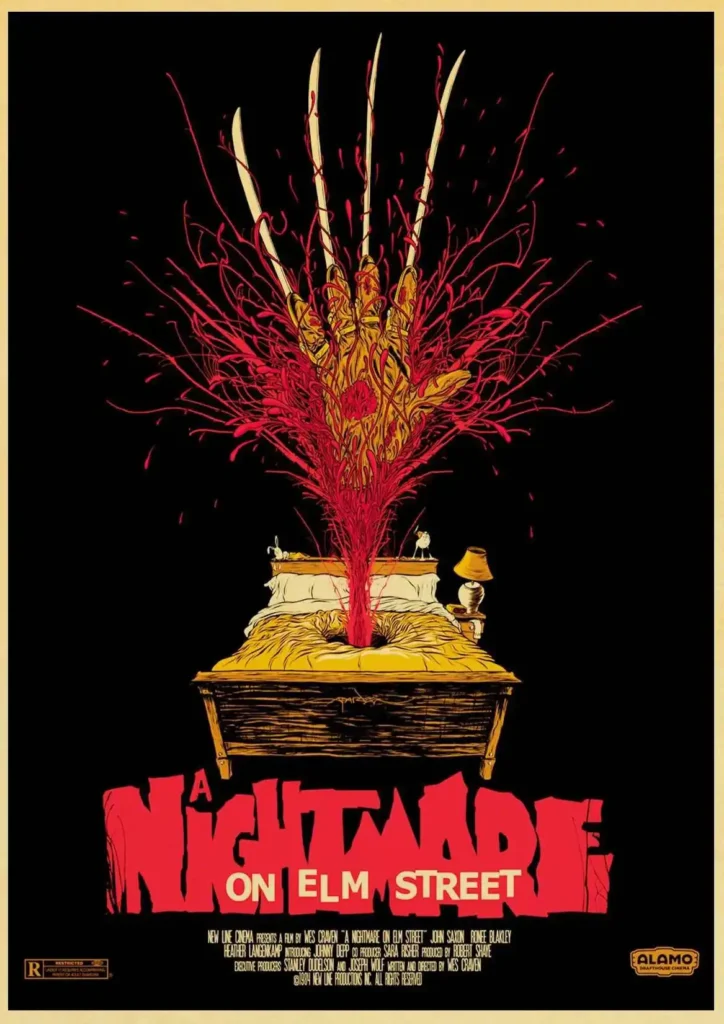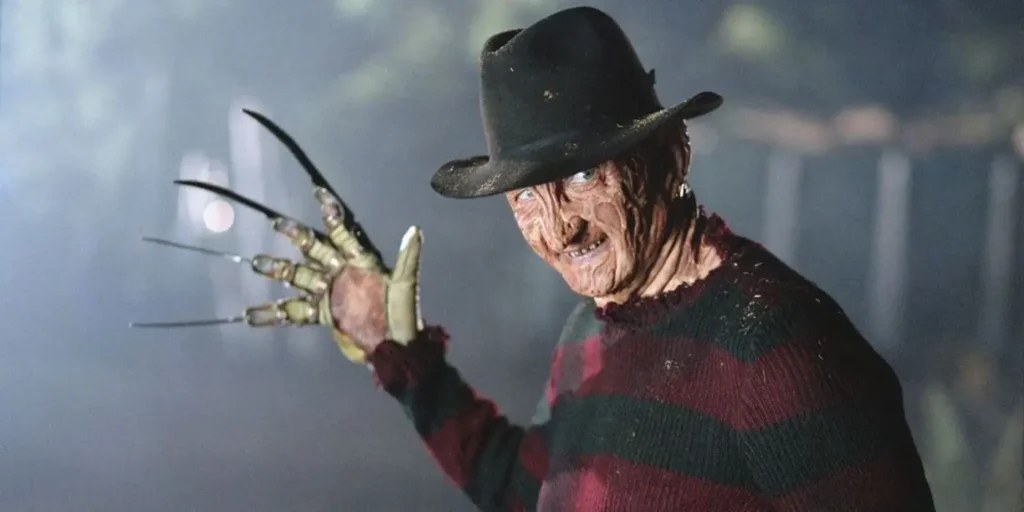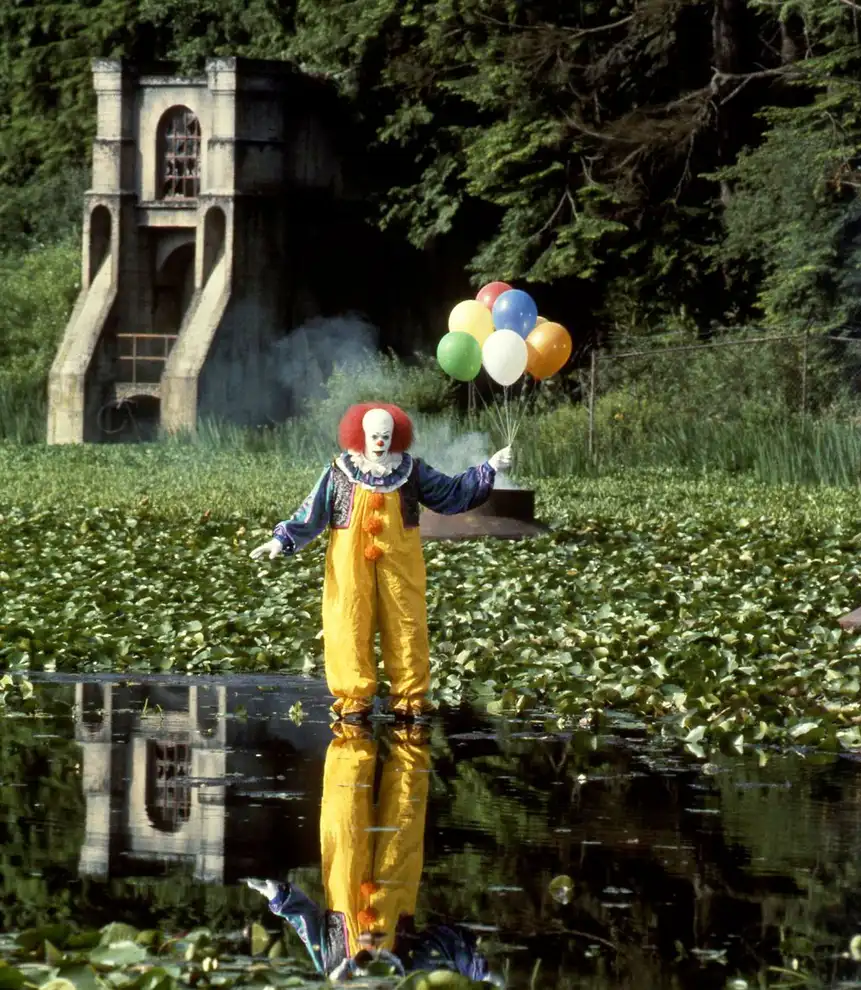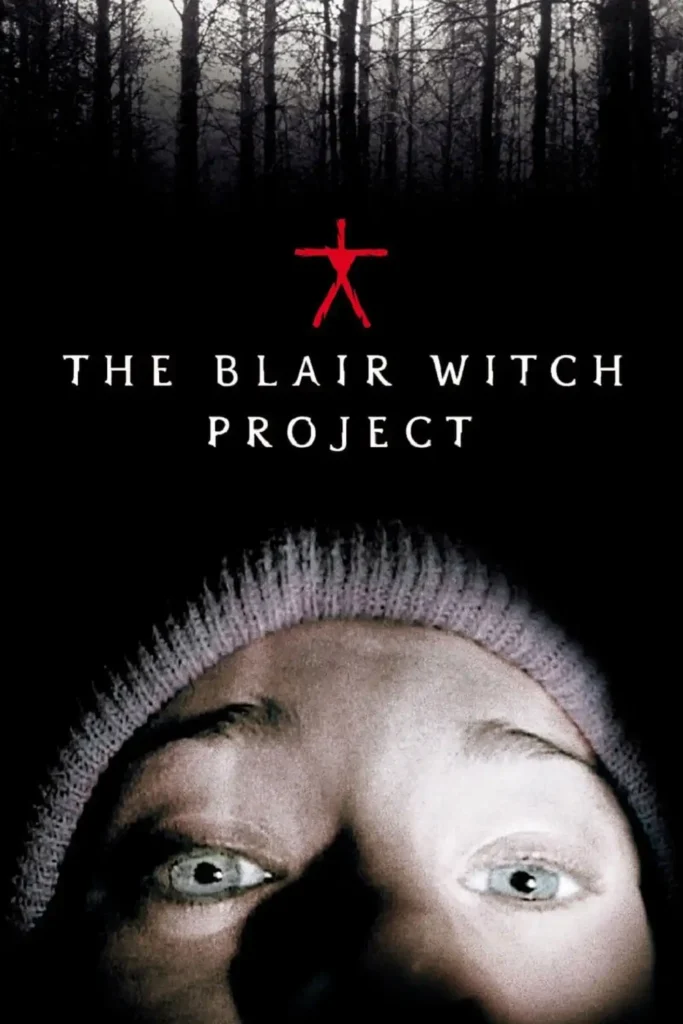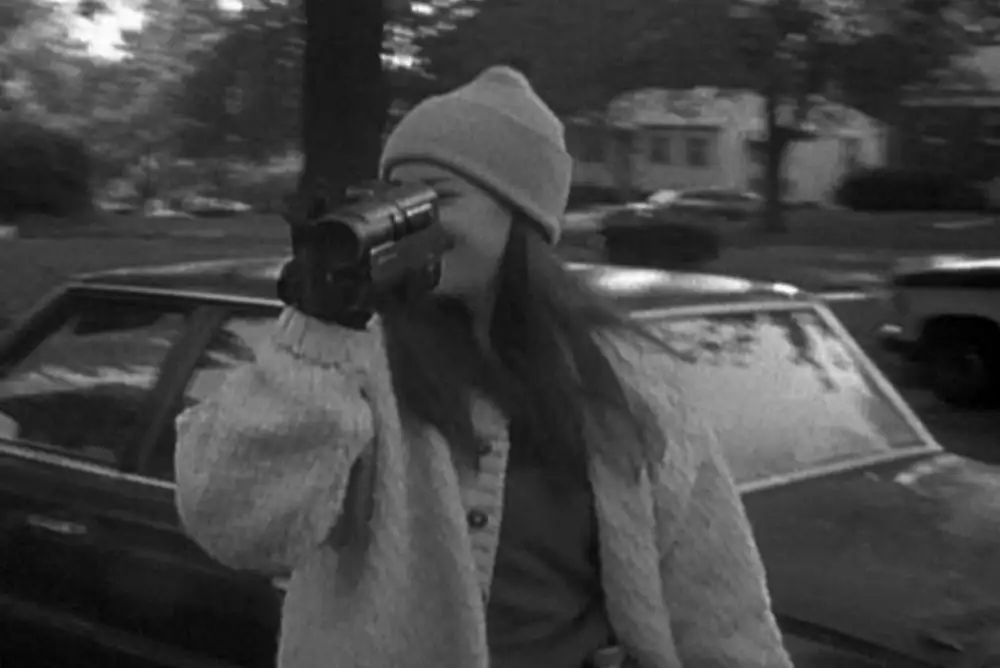Vampire movies, which appeared in the 1920s, have not left the screens for a hundred years. The most iconic vampire film is the silent film by German filmmaker Friedrich Wilhelm Murnau, considered the progenitor of vampire films. In “Symphony of Terror” he conveyed an atmosphere of nightmare and despair. Murnau was the first in Germany to use the “moving camera”. For the first time all “on location” scenes were filmed in nature rather than simulated in a pavilion.
Psycho is at the head of the top horror films of Alfred Hitchcock, which became his “calling card” and gave the director the title of the “king of suspense”. This picture is called the first psychological horror in the history of cinema. Hitchcock used first-person shooting, allowing the viewer to see the events through the eyes of the killer, which created an incredibly powerful emotional effect. In Psycho, the horror builds not on the actions of the hero, but on the suspense – the anxious anticipation of the denouement.
Roman Polanski’s Rosemary’s Baby, based on the bestseller of the same name by Ira Levin, traditionally tops lists of the best horror movies in cinema history. The creepy story about a girl who finds herself in the middle of a satanic conspiracy opened a whole line of films about the occult and inspired filmmakers to create “Omen”, “The Exorcist” and other mystical pictures.
In 1968, American director George A. Romero directed his first film about the walking dead and became the founder of the genre. It was in this picture that the image of a zombie, which has become a classic, appeared for the first time: it is a reanimated dead man eating human flesh. The audience experienced a completely new kind of horror. The director proved that it is possible to scare the audience without a huge budget.
The film by master of the horror genre William Friedkin about a possessed girl who is possessed by a devil is considered one of the scariest pictures in the history of cinema. “The Exorcist” received ten Oscar nominations, including, for the first time in horror history, a nomination for Best Picture of the Year.
“The Wicker Man” is considered the best British horror film and has a huge following. For its time this picture was revolutionary, it raised questions of religious and moral character. The heroes of the film were the most ordinary people who turned out to be scarier than any bloodthirsty monsters. Creepy scenes from The Wicker Man made it into the 2003 List of 100 Most Terrifying Moments in the History of Cinema according to the British Channel 4. A cult has grown up around the film: the Wicker Man music festival is held in Scotland, in the places where it was filmed.
The film is considered a masterpiece of cinematography. Copies are preserved in the New York Museum of Modern Art. “The Texas Chain Saw Massacre is one of the first films in which a maniac hides his face under a mask. And the plot of the film was based not on myth or legend, but on the story of maniac Ed Gein, one of the most notorious killers in the history of the United States. The picture started a whole horror franchise.
“John Carpenter’s Halloween became one of the highest-grossing American horror films. The picture about psychopath Michael Myers, who terrorizes an entire city, had a huge impact on the entire horror genre: it caused a surge of films about serial killers and semi-mystical monsters that haunt teenagers. Carpenter, in fact, invented the slasher, one of the most popular trends in the horror genre.
The Omen is a supernatural horror film directed by Richard Donner and written by David Seltzer. The plot follows Damien Thorn, a young child who is in fact the prophesied Antichrist. The Omen was part of a trend of films featuring horror that started with Rosemary’s Baby in 1968, but the film was unusual at the time because it concerned the “end times” predicted in The Book of Revelation.
“Carrie” is the first Stephen King adaptation. The film, directed by Brian De Palma, about a teenage girl who possesses telekinesis powers, entered the golden fund of horror films, becoming one of the most successful film adaptations in the dizzying literary career of the “king of horrors” King.
The first A Nightmare on Elm Street was a slasher movie. The film was instantly hailed as an all-time hit: it served as the basis for one of the most popular film cycles. The picture was the debut for Johnny Depp, but the main finding was Freddy Krueger himself, played by Robert Englund, one of the scariest movie maniacs in history.
The plot centers on a darkly comic clown who can reincarnate into his victim’s worst fears, allowing him to exploit his victims’ phobias.
A modern classic of horror cinema, from which all found footage films trace their lineage. Mysterious videotapes from the attic confirming the existence of evil, reckless teenagers unleashing that evil and a shaky camera creating the effect of presence. We owe all these elements to two humble directors, Daniel Myrick and Eduardo Sanchez, who in 1999 directed the sensational The Blair Witch, a stylized chronicle of the survival of students facing unexplained phenomena in the woods of the night.
